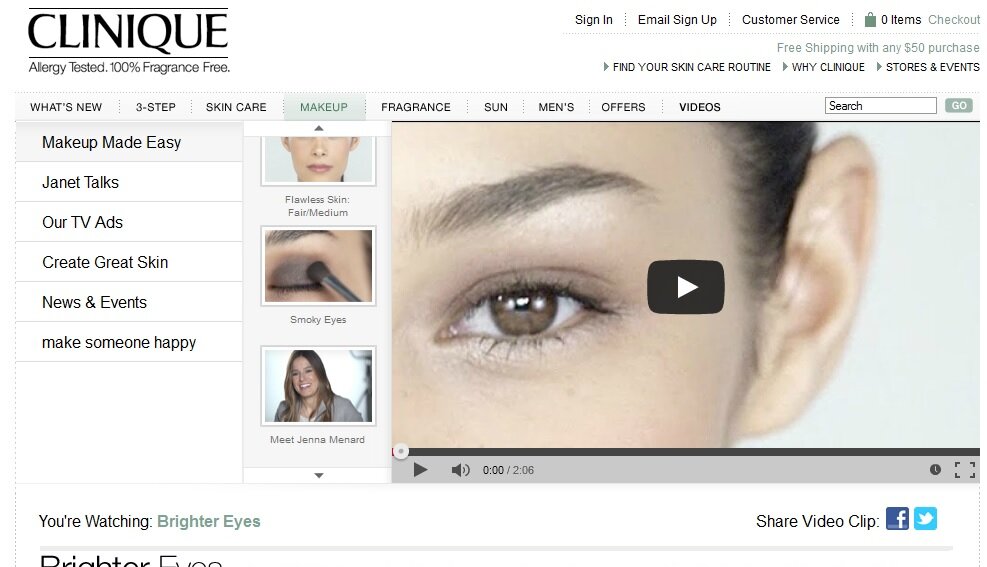Webinar recap: Two ways personalization helps merchants compete
July 19, 2013 Leave a Comment
By now, merchants have heard repeatedly that they need to personalize the shopping experience in order to meet the ever-rising expectations of consumers. Indeed, consumers recognize and appreciate efforts to deliver individualized experiences, and 41% say they purchase more from merchants who offer personalized recommendations.
But there’s still another benefit to personalization. As revealed during Wednesday’s “” webinar with Daniel Dukas from MarketLive partner MyBuys, personalization can help sellers surmount hurdles specific to competing with Amazon and other online mega-merchants. When they deliver an individualized experience across touchpoints, merchants have a better chance of showcasing their brand’s unique ability to meet shoppers’ needs with the right products at the right time, thereby delivering incomparable brand value.
Among the ways personalization makes merchants more competitive:
Personalized display ads help convert researchers to buyers. Half of online purchases are made after the first visit, according to research from Google, so merchants must find ways to re-engage consumers who leave their sites empty-handed. The competition for those researchers is stiff: according to Dukas, nearly 60% of consumers say they head to Amazon when they abandon a merchant site, while 42% say they visit Google (where Amazon dominates natural and paid search results).
To win those consumers back, merchants should implement a retargeting program that serves personalized ads with relevant products to consumers as they browse elsewhere on the Web. Such campaigns are proven effective at increasing brand awareness — and Dukas said they’re most successful when merchants participate in networks that give them access to more data about each shopper than their own site logs yield.
Men’s apparel company Bonobo’s lures prior browsers back with an ad promising “fit you can fall for,” calling attention to the brand’s commitment to “finding what fits,” as the eCommerce site puts it. A follow-up retargeting ad is written in the brand’s trademark tongue-in-cheek voice saying “seriously, we know you’re interested.” Both ads include a 20% off offer to lure browsers back.


Personalization monetizes the “long tail”. Merchants often feel hamstrung by the prospect of selling their products on Amazon’s marketplace. On the one hand, Amazon offers the potential for exposure to a mass audience; on the other, merchants are effectively competing with their own eCommerce sites. And anecdotes abound about how products that sell successfully via the marketplace are soon offered directly by Amazon. While statistics supporting that claim are sparse, there’s no doubt that plenty of competition exists for top selling products — whether from Amazon, other Amazon marketplace merchants, or other eCommerce sites altogether.
Merchants shouldn’t abandon the fight to become the top seller of a “hot” item if that’s their brand mission. But at the same time, it’s worthwhile to maximize the potential for other products to add to the bottom line — and that’s where personalization comes in. According to Dukas, a brand’s top 20 products account for only 15% of items purchased via personalized offers, meaning that fully 85% of products shoppers select are not within the top 20. Because personalization enables each shopper to receive an individualized array of items that uniquely match their needs, there’s more visibility for products from deep within a merchant’s catalog, and more opportunity to show the relevance of the brand’s offering.
A personalized Office Depot video ad campaign features shoppers’ previously-browsed items, including this spiral-bound notebook — not a tablet computer or other trendy gadget, but one the consumer may remember needing thanks to the ad.

How do you use personalization to emphasize the uniqueness of your brand and stand out in the crowd?












Connect with us: